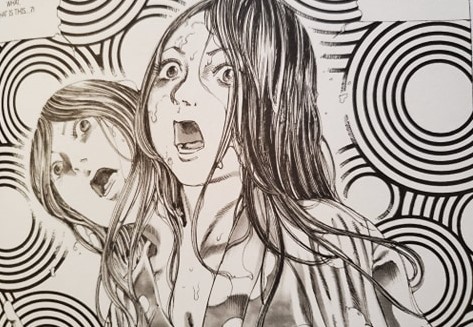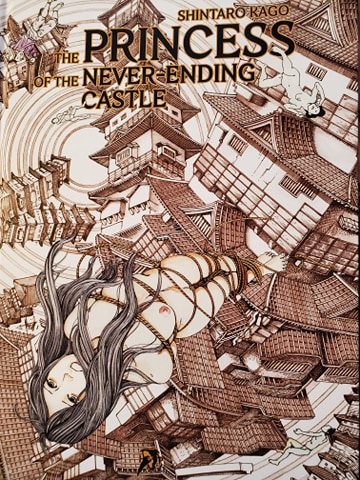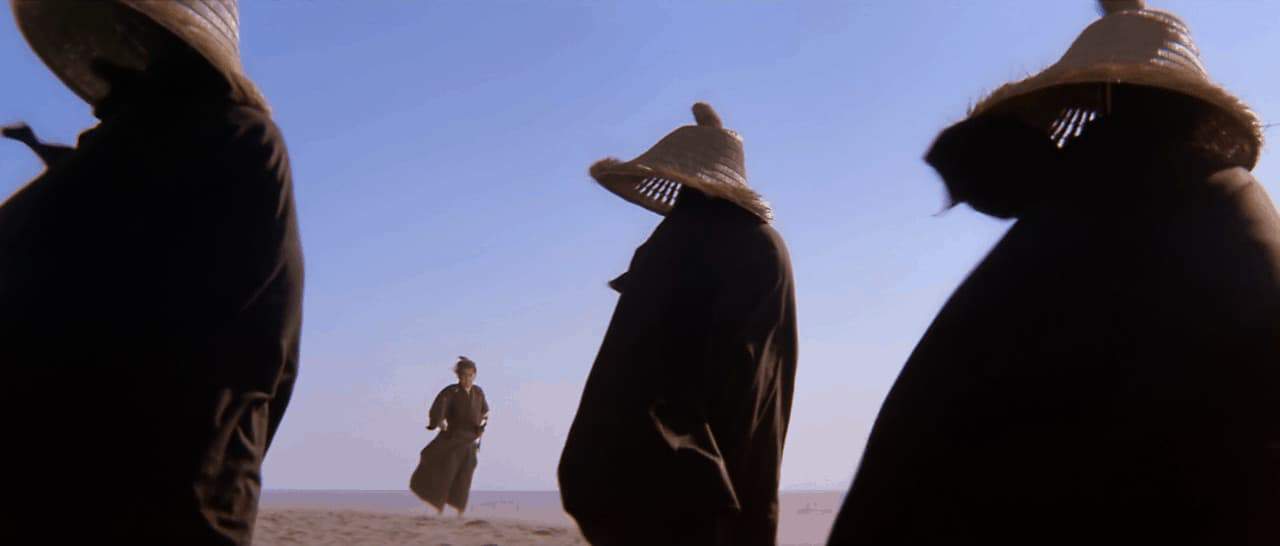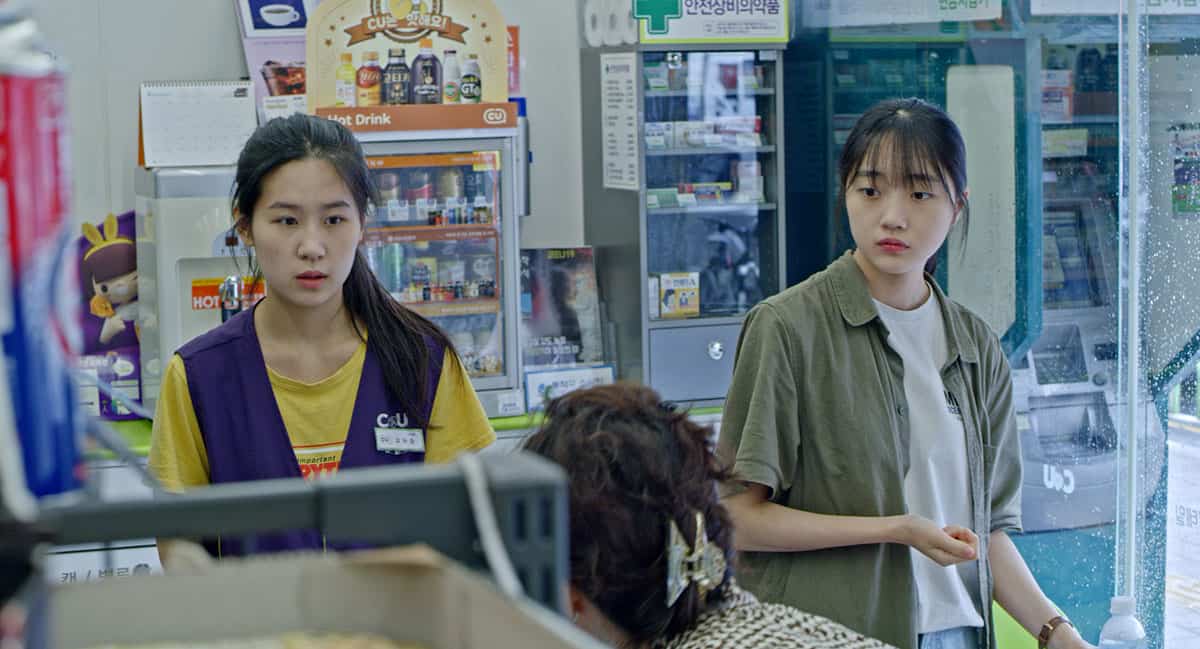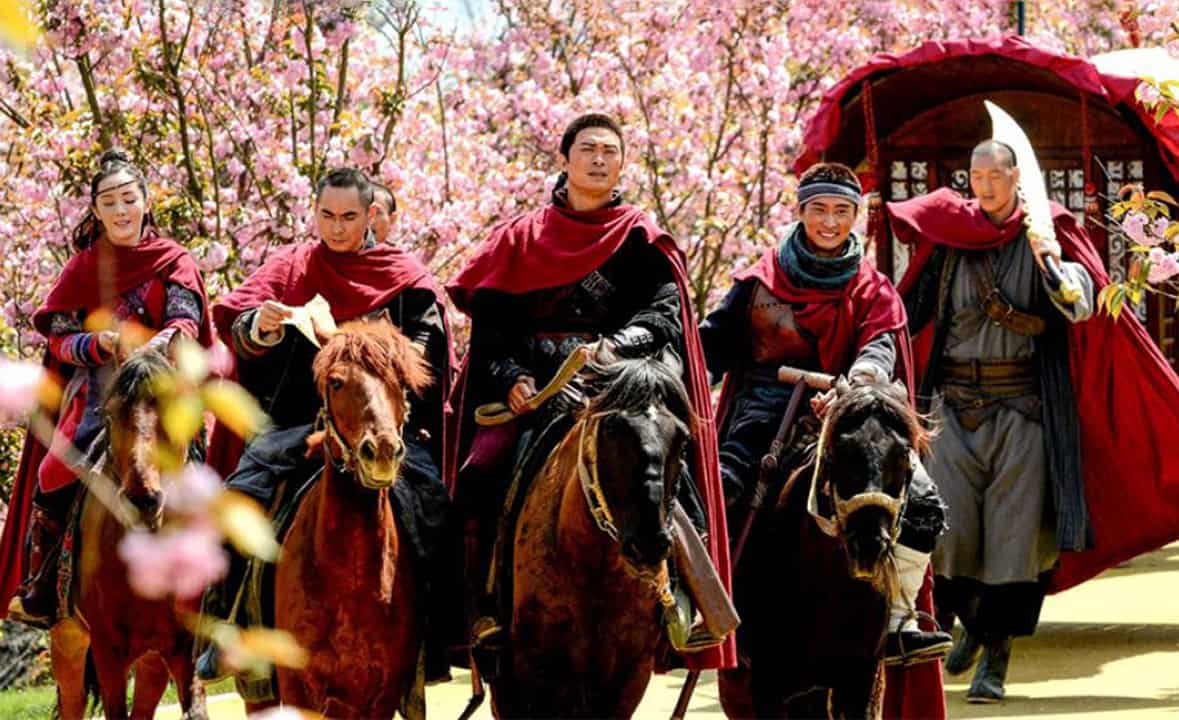A duel between historic figures Oda Nobunaga and Akechi Mitsuhide creates parallel realities within the sky bound feudal period empire. As the tower continues to reach to the sky, unrest in one of the towers is started by the young Princess Noe who is looking to exact revenge on the murder of her husband Nobunaga. Her quest for revenge has her exploring the lower depths of the castle which are inhabited by the deformed and diseased. When the realities of the two branches of the tower begin to merge, the princess learns the secret of using merging realities to create two headed creatures fit to survive battle. With an army of mutated oddities in tow, she storms the upper quarters in search of revenge.
The Princess of the Never-Ending Castle Is available through Hollow Press
“Never-ending Castle” has an interesting structure within Kago's bibliography, comparative to other English releases such as “Dementia 21” and “Super Dimensionial Love Gun“. These titles have focused more on absurd shorts, even if following a singular theme and character, whereas this edition carries a more straightforward narrative, while also toning down the amount of violence. However, it should be noted for fans of Kago's take on ultra violence ,that there is still plenty of that to be found gloriously displayed within the edition, just not to same extent. Ultimately, the narrative approach offers a deeper look at Kago's work that is often shadowed by absurdist scenarios in his other works and can act as a better introduction to the mangaka for those interested in the iconic master of ‘ero guro' but not sure if they want to fully indulge in some of the more controversial material.
The story, although more cohesive than many of his other published works, also does have the mangaka showing off another one of his celebrated traits in the ability to experiment with page layout to tell a story. Most notably,Kago's use of mirroring panels to make slight comparisons within the branched realities, or to show ways in which they horrifically merge. However, that is not to say that his approach is wholly successful as it does pose some challenges to the reader, with many pages having mirrored panels that show no difference, suddenly changing in a way that is important to the story. The confusion comes from reading several pages and skipping this narrative that only offers slight visual to only find a shift that makes the reader have to go back and re-read the panels that previously were just for effect. Thankfully, any perceived frustration is somewhat redeemed in the closing panels where the merge creates a horrific scene, which acts as some of the strongest visual storytelling in the mangaka's career.
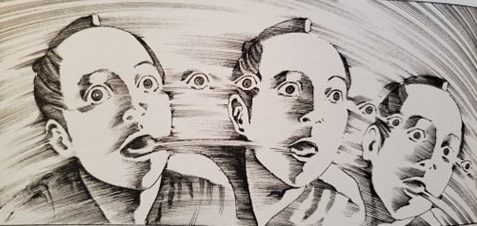
With the manga's paneling being experimental in nature, it has further highlighted the one major downfall of this edition, the translation. The language has an awkward flow to it, which (speculating) comes from a translation that was taken too literally and not approached with consideration for the need to change some words to allow for proper flow and anglicizing terminology to better make sense of the text. When faced with two panels opposite each other both containing the same awkward language use, it really muddles the effectiveness of delivery within the experimental structure. It is still readable and could perhaps be overlooked in a manga that is not so heavily reliant on experimentalism through narrative structure. To the credit of Hollow Press, this is an issue that has been recognized, and will hopefully be addressed in further editions, as the work is also available in Italian and Japanese to help appeal to a more international audience.
Translation issues aside, it can easily be said that one of the major draws to Kago and owning his work comes from the art, and Hollow Press excels in this area offering up a glorious hardcover edition on A3 paper. It is hard to really expound further on the appeal of the artwork of Kago after reviewing two other previous titles, other then just to once again relate the brilliantly absurd style that merges sex, violence, pop culture and experimental structures in a way that has no equivalent in the modern manga landscape. Overall, there is no real comparison in quality, making “The Princess of the Never-ending Castle” an essential edition for fans.
It is difficult to not feel a bit let down by the translation work on this otherwise flawless edition, but it acts as only one negative amongst a lot of really great choices that present Kago's art at its best. As an avid fan of the mangaka, it is difficult to put into words the sheer amount of joy I felt having such a high quality edition of the work that presents the artwork in such a stunning manner. Hollow Press also offers up other work from Kago along with some original panels, and their love of the source material shines through in each of their editions and hopefully sets the bar for other publishers to aspire towards.


